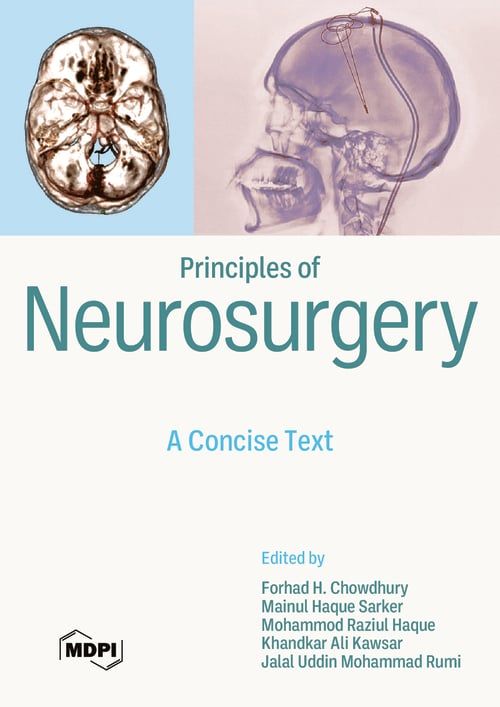Skull Base Tumours
Skull base tumours pose a significant challenge to the neurosurgeon. Skull base tumours can be benign or malignant. Primary skull base neoplasms can originate from the meninges, cranial nerves, bones of the cranial vault and skull base, cavernous sinus, or from the orbit and its contents. Tumours of the nose, paranasal sinuses, ears, or the infratemporal fossa can extend to the skull base and cranial cavity. Common skull base tumours are chondrosarcoma, chordoma, schwannoma, adenocarcinoma, and metastatic tumours. They can affect patients at almost any age. The clinical presentation depends on the site, size, and on the age of the patient. The most common presentation includes headache, nasal bleeding, hearing loss, cranial nerve palsy, and focal neuro-deficit/s. Head CT scan and MRI with contrast are enough to diagnose most of the tumours of the skull base. Surgery is the primary modality of management. Surgical approaches differ according to size, site, patient age, nature of neoplasm, and operator experience and expertise as well. Prognosis depends on histological type, extent of resection, and postoperative therapy (where needed) as well. In this chapter, we will briefly discuss the surgical management of all common skull base tumours, along with a short orientation of the surgical approaches used for the removal of skull base tumours.
